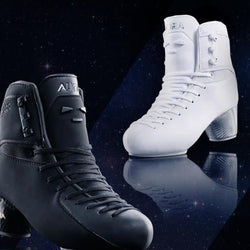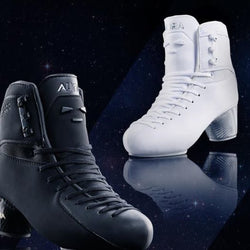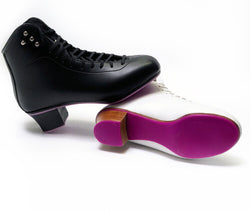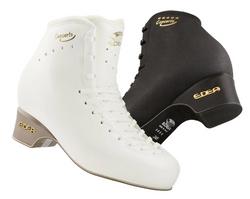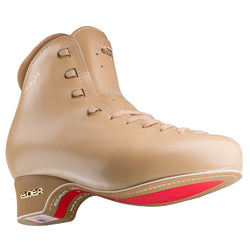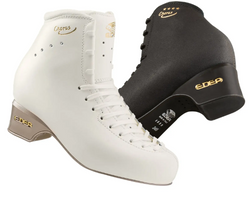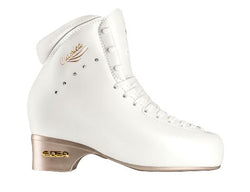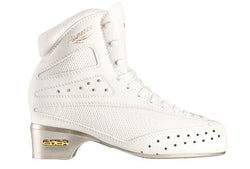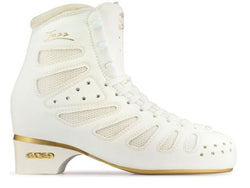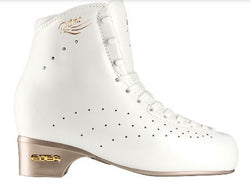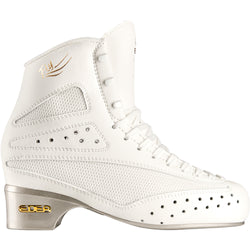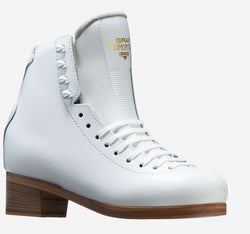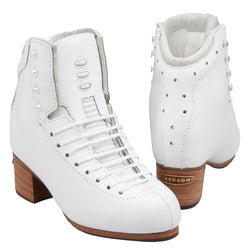I'm looking for...
Competitive Boots
Competitive
There is typically some crossover between the competitive and instructional freestyle categories, as many instructional skaters may participate in basic skills and local figure skating competitions. Testing within the USFS, ISI or other national figure skating organizations as well as a concentrated off ice training regimen become high-level considerations and priorities within the training program. Skills include: All single jumps, combination jumps, axel, some double jumps, Change foot spins, flying spins, more complex footwork, spiral sequence. Boots should have stiffness rating between 55 (youth) – 75(adult). Learn more with our Buyer's Guides.
Advanced Competitive
If a skater is competitive in levels over Juvenile, the game changes substantially.. For most skaters, reaching superstardom is a long shot -- it takes an immense amount of dedication and time to get there. Fortunately, there are many levels that figure skaters of all ages can compete at, including championship, juvenile, intermediate, novice, junior, senior and adult.The intensity and required proficiency increases with every testing level. U.S. Figure Skating (which abides by the stipulations set forth by the International Skating Union) Decisions have been made as to a specific discipline being pursued, training is intense and because skills are more difficult, avoiding injury is paramount. So equipment must meet that challenge. Skills include: All single jumps, all double jumps, combination doubles, triple jumps, flying spins, complex footwork, both in individual tests and programs. Coach input on equipment is helpful, but the fit is essential for progress and the avoidance of injury.There is no magic in the boots or blades, but there is individual appropriateness. Freestyle Stiffness levels should be between 75-100 for maximum durability and protection. Flexibility is also essential to proper break in and enough knee bend for jump propulsion.

